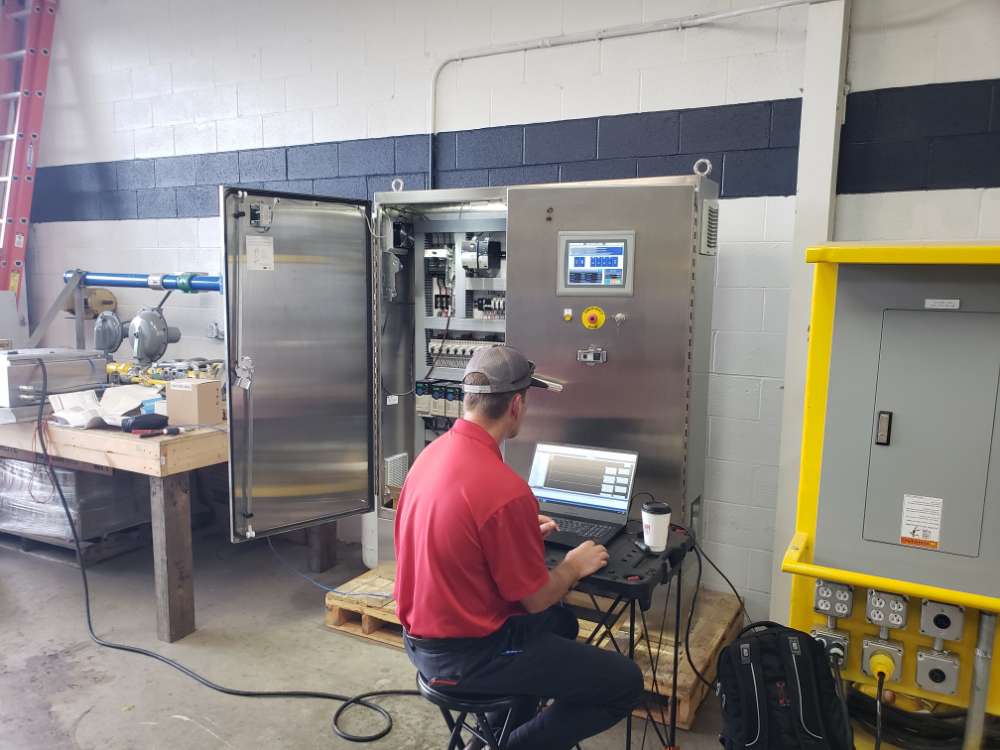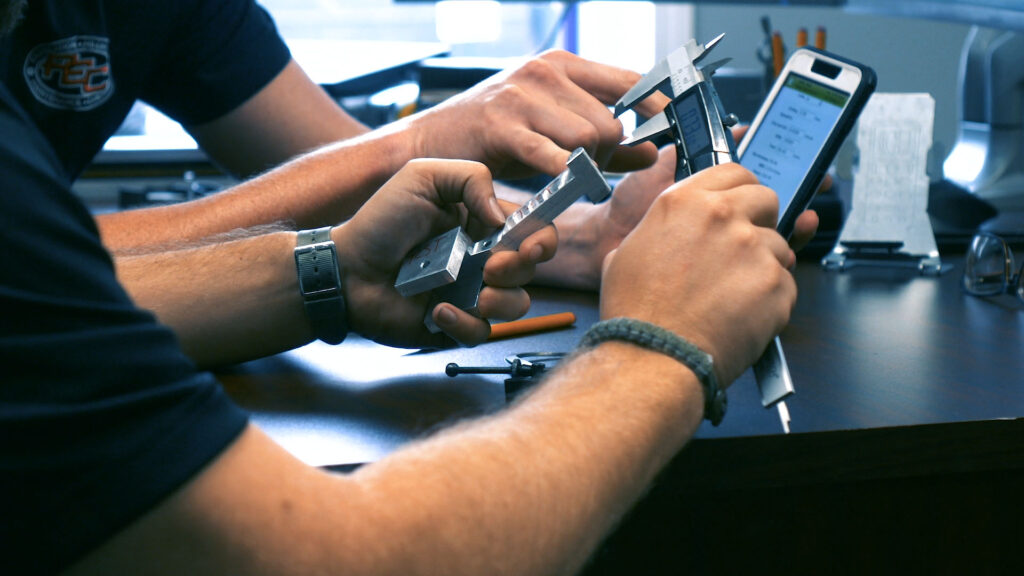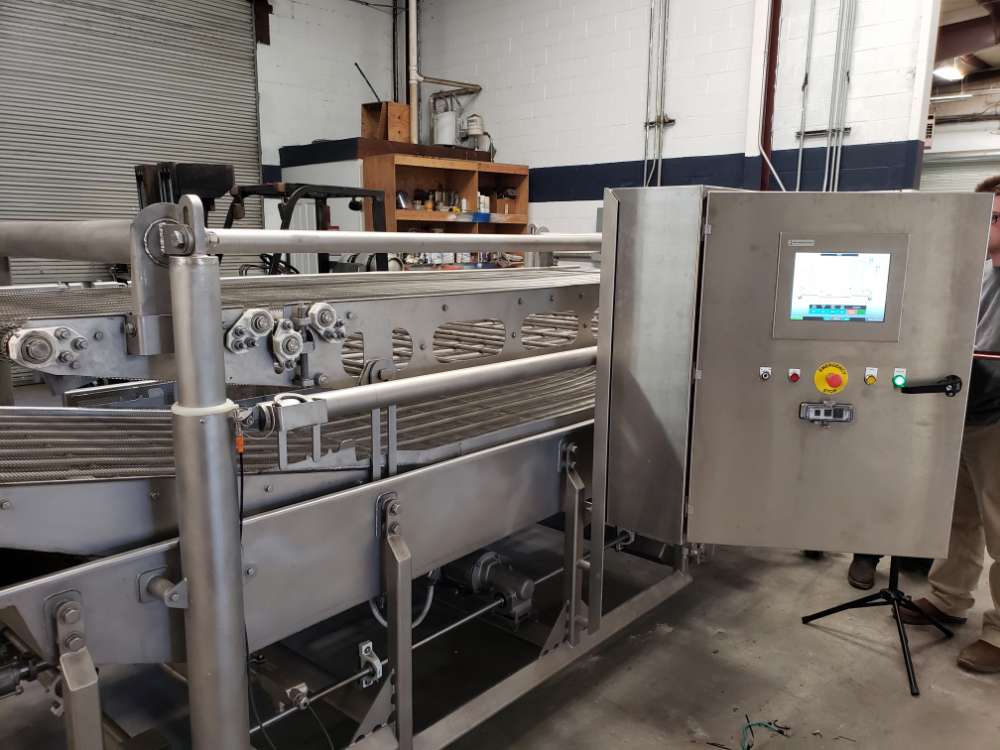
You need to pay attention to maintenance and management as you run your facility — as equipment and assets age, they need to be cleaned, maintained, repaired, and ultimately replaced. So what exactly is a facility management program, and why is this so important? Read on to discover more.
Facility maintenance is defined as a set of activities you use to keep your equipment and your building working in the way that they should. This process brings together inspections and assessments, as well as estimations and data analyses that help you and your team stay on top of the situation.
By combining proactive and reactive maintenance strategies, you can make sure your facility’s assets remain in full working order. Adopting modern automation technologies can help you achieve this as you move closer to the gold standard of 100% uptime at your facility.
What makes facility maintenance programs so important? These maintenance activities are critical, regardless of which industry you operate in or what type of building you manage.
1
You have a duty to ensure optimal health and safety at your facility. A proactive maintenance program is a big part of making this happen.
2
Facility managers need to protect their return on investment, which means ensuring that assets and equipment remain in good working order for as long as possible. Regular inspections help to avoid any potential problems with assets and machinery and are key to our facility maintenance definition.
3
Commercial buildings need to support efficient and productive working environments, while residential buildings also need to provide efficiency to users of both private and common areas. Facility maintenance ensures that individuals onsite can use the space easily and effectively while also cutting down on wastage by ensuring green energy efficiency solutions are working as they should.
4
It’s much more cost-effective to maintain your assets than to replace them because they are damaged. There is also the downtime to consider — making small repairs can keep your assets in the field while replacing a damaged component means taking the equipment or asset offline until the replacement is complete.

Facility maintenance can be broken down into four main categories. These categories influence decision-making at your facility, including the types of facility maintenance workers you need and the specifications of the systems you will deploy.
1
When a problem occurs within your facility, you want to put this right quickly. This is known as corrective maintenance. For example, if one of your HVAC units is not working, you may send a maintenance team or technician to put this problem right, minimizing the downtime but not eliminating it altogether.
Corrective maintenance is an important part of keeping your facility operational and in good working order. You need to have a way of fixing a problem quickly if it arises. However, it cannot be your only line of defense — you need other forms of maintenance in place, too, to protect your business.
2
Preventative maintenance is a more proactive form of facility management. Rather than reacting to a problem after the fact, you, your teams, and your systems are working to identify problems ahead of time, stopping this issue before it gets out of hand. Ideally, this approach eliminates downtime altogether, as there is no point at which the machinery is out of action.
In essence, corrective and preventative are broad categories that cover all forms of maintenance. While it’s always better to prevent rather than correct, a comprehensive strategy will comprise elements of both approaches.
3
Risk-based maintenance involves prioritizing certain aspects of maintenance over others. Basically, human teams supported by smart systems conduct risk assessments regarding the likelihood of an equipment breakdown. Then, maintenance resources are diverted to where they are needed most.
There may be other forms of risk-based maintenance too. For example, risks may be prioritized according to the consequences of a breakdown. A piece of machinery that is business-critical may be prioritized over equipment that is only used once every couple of weeks — maintenance resources are delivered to the business-critical machinery first.
4
Condition-based maintenance may include elements of both corrective and preventative maintenance but is an altogether more forward-thinking form of facility management. When certain conditions are met, a maintenance event is created — the task is either sent via a notification and handled manually or executed automatically by a maintenance system.
An example of this may be found in the production line. If a specific area of this production line overheats, for instance, the temperature increase is noted and interpreted by sensors built into the equipment. Steps may be taken to reduce the temperature, but repeated instances of overheating may require maintenance. The smart system can pass this information on to another system component or to a remote location via an IoT connection so that the required maintenance task can be executed.
Routine maintenance work means exactly that — industrial maintenance tasks that are carried out according to a regular schedule. But what should this schedule look like, and how often should these tasks be performed?
There is no general right or wrong answer here. Some routine maintenance tasks will need to be carried out on a daily basis, while others may be handled weekly or monthly. Deciding on the right maintenance program — or set of programs — for your facility requires an in-depth understanding of your own infrastructure.
Schedule the maintenance program by examining these aspects;
Here at PEC, our team can help you understand these scheduling requirements better. We can work with you to understand more about how you should organize your maintenance resources, deploying a mixture of manual and automated solutions to optimize your commercial building and its infrastructure.

Emergency repairs will need to be implemented outside of the regular maintenance program. These are repairs that are extremely urgent and cannot wait until the next cycle of maintenance.
These are just a few examples, and there are many more types of repair that could become urgent. Assessing urgency will depend on the vigilance of your maintenance and facility management teams, as well as the smart systems you deploy around the working environment.
At Process Equipment & Controls, we understand that every facility is different and has its own unique maintenance needs. That’s why we offer a customizable approach to facility maintenance, working with your team to devise the right program and solutions for your specific needs. We have members on staff with certified facility managers (CFM) credentials, so you can be confident that we have the knowledge and expertise to help keep your facility in top shape.
In addition, we offer a full range of maintenance services, from HVAC and electrical to plumbing and janitorial. So whether you need someone to handle all of your facility’s maintenance needs or just want a partner to help with certain aspects, we’re here to help.
PEC’s team of experienced professionals can help you with all your facility maintenance needs. We can develop standard operating procedures and maintenance schedules tailored to your specific requirements. We also offer a wide range of services, from preventive property maintenance services to repairs and replacements.
Our goal is to provide you with the best possible service at the most competitive prices. Contact our team of maintenance technicians today to learn more about what our facility maintenance includes.